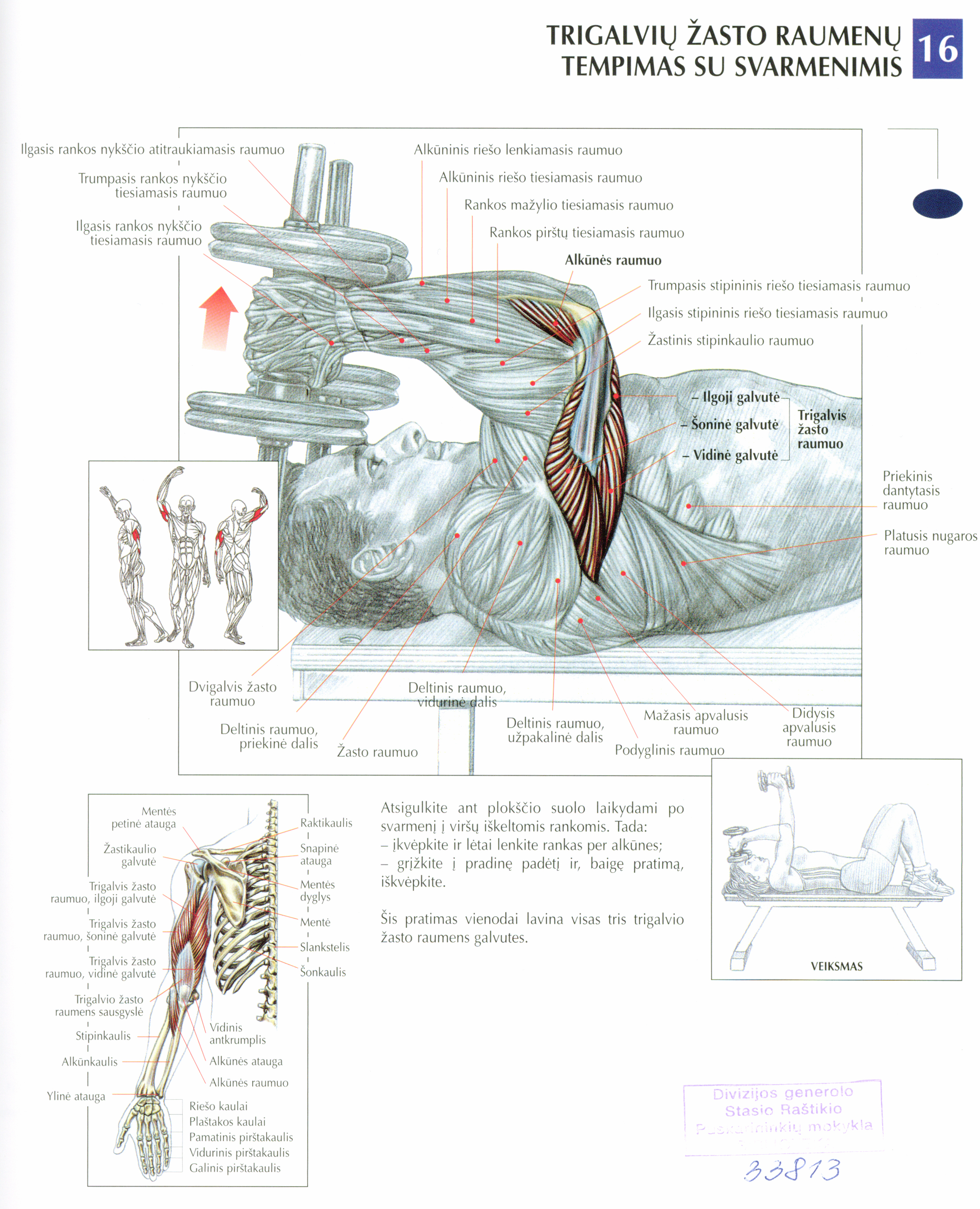

The COVID-19 Pandemic Outbreak Impact Analysis is included in the package.


(A free sample of this report is available upon request please contact us for more information.) Get a Free Sample PDF of this Research Report for more Insights with Table of Content, Research Methodology, and Graphs. However, these standards can be fulfilled by the manufacturers and providers, which will further support the demand for the studied market. Some of the key medical device packaging standards are EN ISO 11607-1 (Addressing medical device packaging materials, sterile barrier system), EN ISO 11607-2 (Addressing validation of medical device packaging processes), and others. These factors act as a challenge for manufacturers, such that to remain in the market and compete with other providers. These materials are used for shipping and storing various medical devices such as syringes, incubators, dialysis machines, etc.īy maintaining the required standards during the production of medical device packaging, it is possible to overcome the limitations set due to various regulatory standards, which are required for medical device packaging.

Furthermore, aluminum is also used as foil or vacuum-deposited on film which acts as a barrier for oxygen, light, and moisture. Further, to offer clean peal performance, these packaging papers are being impregnated with polymer and latex. Paper is also being increasingly used in medical device packaging. Meanwhile, plastics are used as film (flexible) and sheets (semi-rigid and rigid) for medical device packaging. These materials are flexible as well as rigid. Medical device packaging such as overwraps, bags, pouches, trays, and clamshells finds its wide application in the healthcare device sector.


 0 kommentar(er)
0 kommentar(er)
